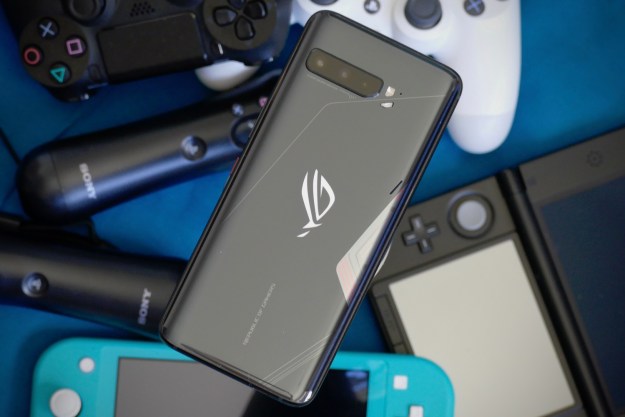
The two devices were launched at a press event in Vietnam, suggesting that these new Zenfones may not end up being sold internationally. If so, that’s a bit of a shame, because at such a low price, the Laser and Max definitely have some decent specs on offer.
First up, the Zenfone 3 Laser. The device is focused on camera performance, and it boasts a super fast 0.03-second autofocus for the 13-megapixel camera. It also has electronic image stabilization. Apart from the camera, the phone has a 5.5-inch 1080p screen, 4GB of RAM, 32GB of storage, and a fingerprint sensor. You get all that for a pretty great price of VND 5,990,000, which translates to around $268.
Despite the more premium sounding name, the Zenfone 3 Max is actually cheaper than the Laser, sitting at only VND 4,490,000, or $201. The standout feature for the Max is its large 4,100mAh battery, but it also has a 5.2-inch display, 3GB of RAM, 32GB of storage, and a fingerprint sensor. Both devices ship with Asus’ own Zen UI on top of Android 6.0 Marshmallow.
It seems as though the devices will only be available in Vietnam at this point, and Asus hasn’t released any information about an international release.
That’s about all we know about the devices and their specs at this point, although more information is likely to be released in the near future. It’s interesting to see how seriously Asus has started taking its phone business over the last few years. Its investment in smartphones seems to be paying off, though, as Asus was one of the fastest growing phone companies last year, according to Counterpoint Research.
Editors' Recommendations
- You won’t believe how I improved my phone’s battery life
- Asus’ latest Android phone could be a big threat to the Galaxy S23 Ultra
- Asus may have accidentally leaked the upcoming ROG Phone 6, Zenfone 9
- Samsung Galaxy Z Flip 3 vs. iPhone 12 Pro Max
- Yamaha’s new 3D ANC headphones take aim at the AirPods Max


